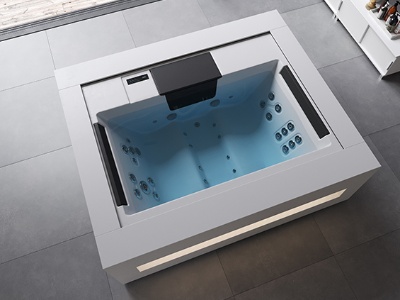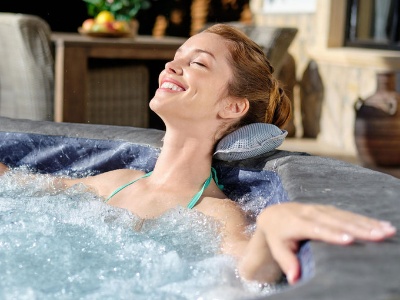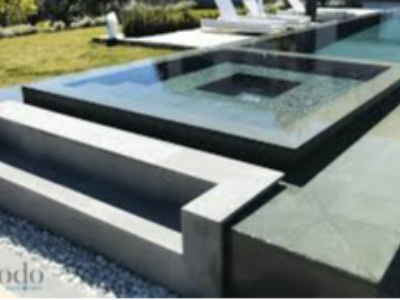
The NF P90-308 standard is one of the regulations introduced in France to guarantee the safety of private swimming pools. This standard sets out the requirements for safety covers, which must protect the pool from accidental falls, especially those of young children. Installing a cover that complies with this standard makes it possible to secure your pool while complying with the law.
Why regulations on pool covers?
Since the law of 3 January 2003, owners of in-ground or semi-inground pools are required to install a safety device to limit the risk of drowning. Among the four approved devices (barriers, alarms, shelters and covers), safety covers offer an effective solution that combines protection, reduced maintenance and energy savings. The NF P90-308 standard defines the design and resistance criteria that these covers must meet in order to be considered a reliable safety device.The requirements of the NF P90-308 standard
To comply with the NF P90-308 standard, a pool cover must fulfil several conditions:1. Weight resistance: It must be able to support the weight of a child under the age of five without deforming or collapsing under the child's weight. This prevents the risk of accidental falls and drowning.
2. Protection against submersion: It must prevent a child from climbing under it and accessing the water. To do this, it must fit perfectly to the pool and be securely fixed to the coping.
3. Materials and strength: The cover must be made of materials resistant to bad weather, UV rays and water treatment chemicals. It must not deteriorate easily over time.
4. Secure fastening system: The fasteners must be sturdy and guarantee effective closure. They should not be easy for a child to remove.
The different types of covers that comply with the NF P90-308 standard
There are several types of pool covers that comply with this standard:Safety roller shutters
Roller shutters, also known as ‘automatic shutters’, are PVC or polycarbonate slats that float on the surface of the water and unroll along the entire length of the pool. They are often motorised and can be controlled by remote control or a switch.Advantages:
- Optimal pool safety.
- Reduction of evaporation and energy consumption.
- Discreet and aesthetic design.
Bar covers
This type of cover consists of a reinforced tarpaulin held in place by rigid crossbars resting on the pool coping. They are easy to handle and offer excellent resistance. Advantages: - Effective protection against falls. - Can be used all year round, replacing the summer cover and winter tarpaulin. - Easy to install and maintain.Reinforced winter covers
These covers are mainly used in winter to protect the pool water from impurities and frost. Models that comply with the NF P90-308 standard are robust enough to ensure optimal safety.Advantages:
- Protects the pool during the winter.
- Reduces the accumulation of debris.
- Prevents the growth of algae.
Installation and maintenance of a safety cover
Standard-compliant installation
To guarantee compliance with the NF P90-308 standard, the cover must be correctly installed. It must cover the entire surface of the pool and be securely attached to the coping. If the cover is motorised, it is essential that the control system is secure to prevent accidental opening by a child.Regular maintenance to ensure durability
A pool cover must be maintained regularly to preserve its efficiency:- Frequent cleaning to avoid the accumulation of dirt and limescale deposits.
- Checking the fixings and attachments to ensure they are in good condition.
- Lubrication of axles and mechanisms p




